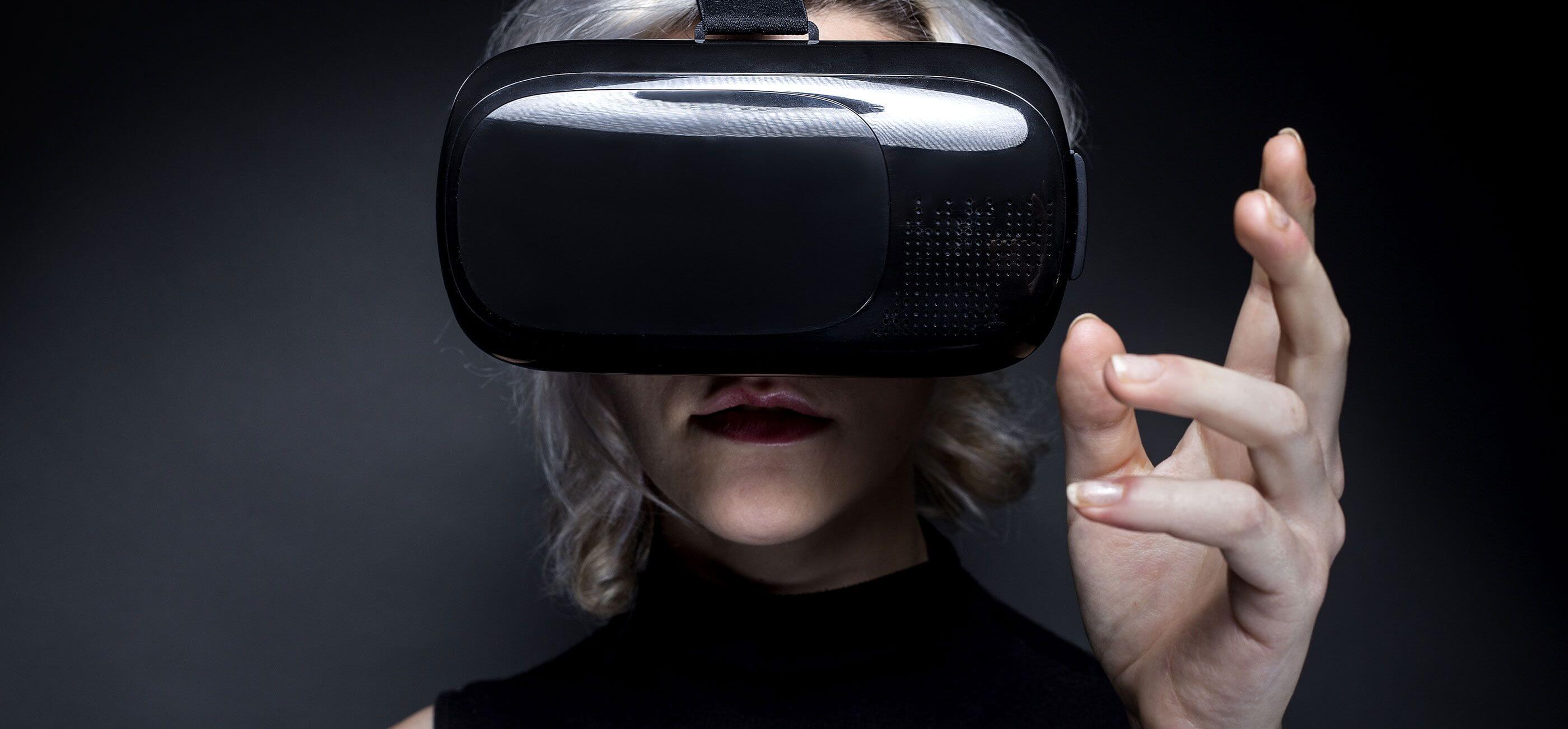
Ease of use, scalability, new types of content and user experiences for clients and employees – these are the benefits that drive the adoption of augmented reality for business in such areas as automotive, engineering, manufacturing, construction, retail, defence and education. These industries alone account for more than 80% of the workforce.
Over recent years, the immersive technologies market, which includes augmented reality (AR), virtual reality (VR) and mixed reality (MR), has started to advance quickly, moving immersive tech closer to the state of mass adoption.
Virtual, Mixed and Augmented Reality for Business – What are the Benefits?
Virtual Reality
VR can be found in many modern entertainment technologies, from the PlayStation 4 to the Facebook-owned Oculus Rift. These devices, which are worn as a headset piece by the consumer, providing a unique feeling of presence, bringing users’ interaction with products to a new level. VR creates a brand-new form of immersion for users not only to view content but to feel absorbed into it. According to IDC, the worldwide spending on VR is going to achieve a five-year CAGR of 71.6% by 2022.
To help you understand the potential impact and capabilities of VR, we have allocated our solutions to four different categories, based on their complexity and degree of immersion. Choosing the optimal solution for your business is critical in terms of ROI, as each of them, of course, has benefits, limitations and pain points.

Real Estate is a perfect fit for this case, as enabling a virtual property walkthrough is a competitive advantage that can help shorten the buying decision cycle. Automotive can also benefit from VR, offering clients a new tangible way to explore and even customise car interiors online from any location before scheduling an actual test drive.
Augmented Reality
AR is the merging of the real world and the digital realm, and this technology is predicted to reach 1 billion users by 2020 and by 2023, AR is expected to be a $60 billion industry.
The recent growth of the AR market can be attributed to solutions that allow creating visual demos of products and user experiences. In this way, potential consumers can get an almost real-life user experience with the product or service before they actually purchase it.
The examples of successful adoption of augmented reality for business can be found in retail, the travel, entertainment and education sectors. Several interesting examples to mention here are IKEA’s Place app, the award-winning Gatwick airport passenger app, and virtual try-on by Rolex. As for healthcare, there are some truly unique examples from AR training environments for students to telemedicine solutions that enable medical practitioners to interact with their patients. Deloitte Research suggests that AR will transform the traditional healthcare business model.
Mixed Reality
MR is very different; it combines the features of both VR and AR respectively. Predicted to double its underlying revenue to $7.7 billion by the end of in 2018, mixed reality has a potential to reach $2.8 billion by 2023.
One of the areas where mixed reality technologies can potentially benefit enterprise businesses is in employee training since it is particularly helpful for learning new technologies and processes. The effect of such training is like an experience in real life. Trainees are free to make mistakes and get a true hands-on experience in a safe environment.
Major companies like Walmart and Tyson have announced their innovative pilots aimed at transforming traditional corporate training paradigms with the latest mixed reality tech. Enterprise MR training is predicted to generate more than $6 billion by 2022, according to ABI Research.
Conclusion
2019 will likely see a major enterprise adopt immersive technology. By enabling an audience to interact virtually with your services, businesses can boost their client satisfaction and potentially increase sales by up to 20%. Through the use of new innovative technology such as VR, MR, and AR, enterprises will be able to save production costs by testing potential products and experiences before actual launches.
Immersive technologies offer numerous possibilities. Whether it is in allowing customers to visualise and interact with products in the digital realm, enabling designers to ‘visualise’ their work in a tangible way, or even giving artists a new canvas to build on.
Are you looking for a technology partner that has experience in augmented reality and virtual reality? We will be happy to help. We’re recognized as a top Software Development Company on DesignRush for our experience in building creative and innovatory software solutions.

Related Insights








The breadth of knowledge and understanding that ELEKS has within its walls allows us to leverage that expertise to make superior deliverables for our customers. When you work with ELEKS, you are working with the top 1% of the aptitude and engineering excellence of the whole country.

Right from the start, we really liked ELEKS’ commitment and engagement. They came to us with their best people to try to understand our context, our business idea, and developed the first prototype with us. They were very professional and very customer oriented. I think, without ELEKS it probably would not have been possible to have such a successful product in such a short period of time.

ELEKS has been involved in the development of a number of our consumer-facing websites and mobile applications that allow our customers to easily track their shipments, get the information they need as well as stay in touch with us. We’ve appreciated the level of ELEKS’ expertise, responsiveness and attention to details.

